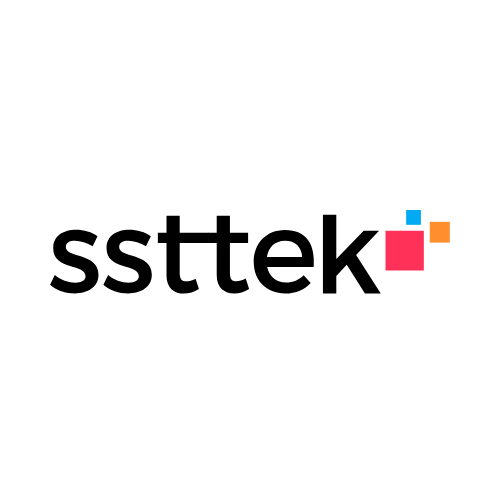Developed by OpenAI, GPT-4 is poised to reshape our interaction with language models. It goes beyond responding to text-based commands and can write poems, compose songs, producing more accurate translations, learning the user’s writing style, answering questions in detail, and writing code. It boasts 100 times more parameters than its predecessor, GPT-3, which OpenAI released in 2020. Let’s explore the potential applications of GPT-4.
What can be done with ChatGPT?
With GPT-4’s ability to create various content formats such as poems, scripts, emails, and letters, you can boost your creativity and productivity, and develop marketing strategies that resonate with your target audience. Click here for our article on the potential impact of ChatGPT in the digital marketing industry.
With its more comprehensive understanding and fluency, GPT-4 bridges the language gaps and glitches often encountered in translation tools. Seamless communication across cultures and languages can now be much easier, facilitating global collaborations and teamwork.
With its vast knowledge base and advanced processing capabilities, GPT-4 can provide more practical and specific information transfer than search engines, allowing you to get detailed answers to your open-ended questions and gain different perspectives on complex topics that you need to learn about.
Whether you are an experienced programmer or just starting out with coding, GPT-4 can make your job a lot easier. You can use its ability to generate code snippets, analyze existing code, and even debug errors to streamline your development process and increase your productivity.
In short, GPT-4 represents a significant leap in language model technology, and we can expect major transformations in various fields as its capabilities expand. Stay tuned to our articles for the latest news on the exciting possibilities offered by artificial intelligence!


